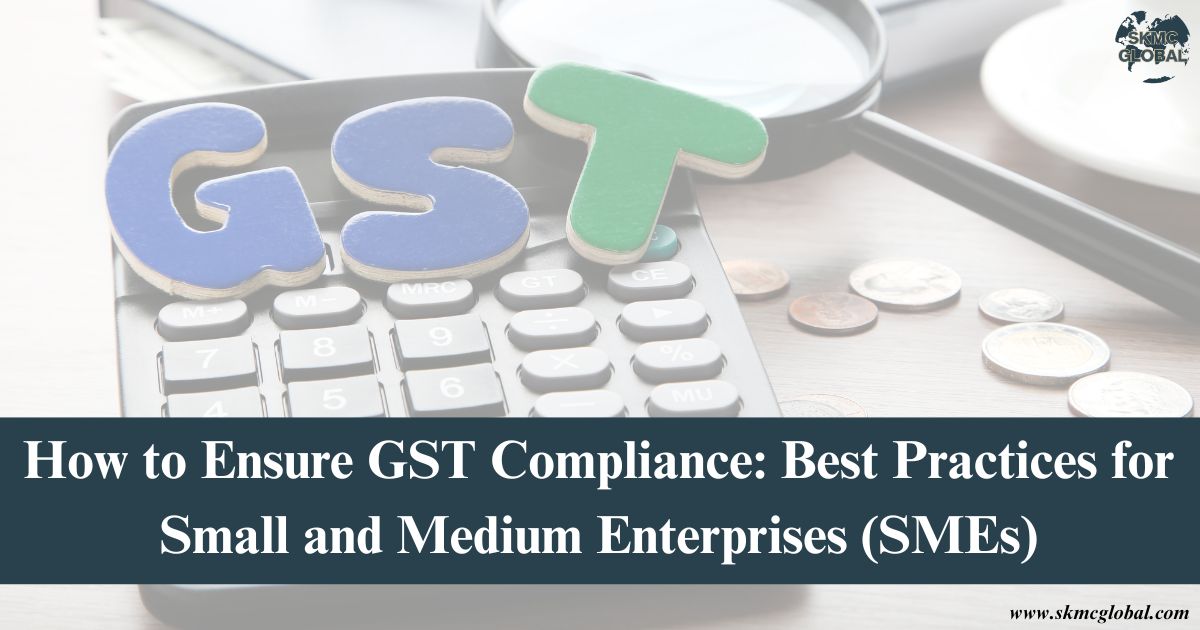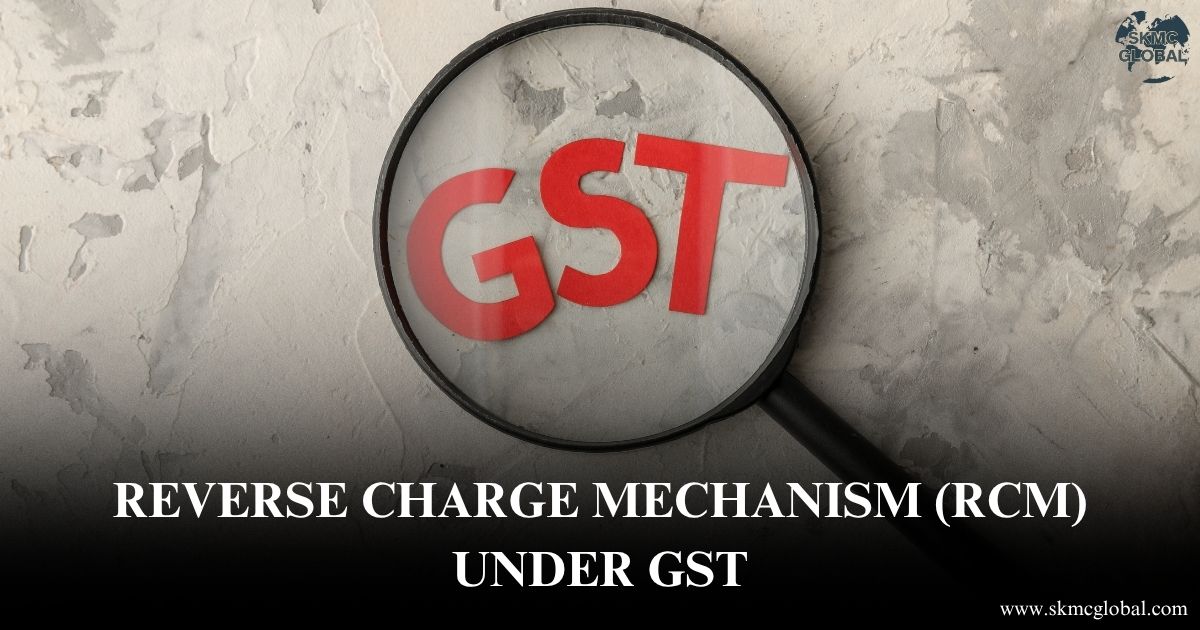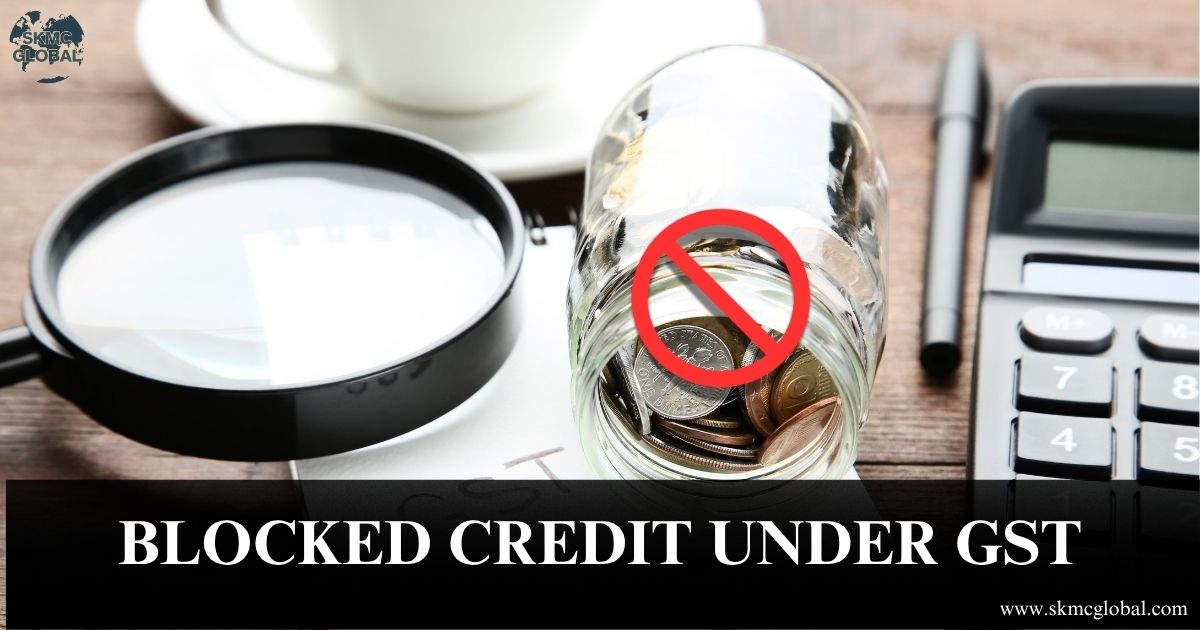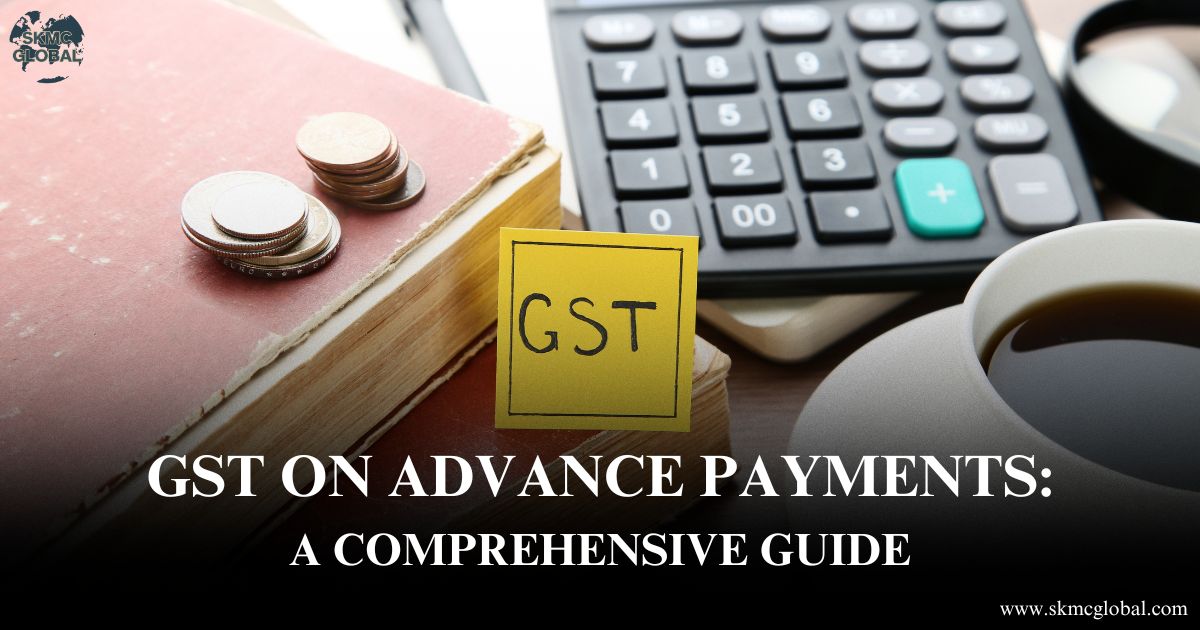
How to Ensure GST Compliance: Best Practices for Small and Medium Enterprises (SMEs)
For most SMEs, it is hard enough managing day-to-day operations. Throw in the ever-changing landscape of India's Goods and Services Tax (GST) into the mix and it might as well be a mission impossible. But being GST-compliant is not voluntary—it's mandated to avoid penalties, maintain credibility, and do business with ease.
SME clients across sectors and observed recurring compliance issues that can easily be avoided with structured practices. Below is a practical and professional guide tailored for SMEs to navigate GST effectively.
-
Obtain the Right GST Registration
All entities with turnover over the stipulated threshold—₹40 lakhs for goods and ₹20 lakhs for services in general (₹10 lakhs in special category states)—must be registered under GST.
Action points:
- Apply under the correct category (Regular or Composition).
- Register one by one in every state where you have a business location.
- Show your GSTIN in all invoices and at your premises as per Rule 18 of the CGST Rules.
-
Raise GST-Compliant Invoices
Invoices are the foundation for tax reporting and input tax credit (ITC). A compliant invoice must include:
- Invoice number and date
- Name, address, and GSTIN of supplier and recipient
- HSN/SAC code of goods/services
- Tax rate, value, and breakup of CGST, SGST, IGST
- Place of supply (for inter-state transactions)
Tip: Usage of invoicing software can avoid errors and ensure compliance.
-
Maintain Accurate Books and Records
Entity must maintain and preserve the following records for six years from the due date of filing the annual return:
- Purchase and sales registers
- ITC ledger
- Stock register
- Expense ledgers
- Debit/credit notes, delivery challans, and payment vouchers
Having digitized, easily retrievable records is crucial for audits and scrutiny.
-
Know and Follow the GST Return Filing Calendar
GST returns are periodic filings that summarise sales, purchases, and tax liabilities. Missing deadlines may attract penalties and restrict ITC claims.
Below are the key GST return due dates for SMEs (as of FY 2025-26):
|
Return |
Applicability |
Frequency |
Due Date |
|
GSTR-1 |
Outward supplies (Regular) |
Monthly |
11th of the following month |
|
If opted for QRMP Scheme |
Quarterly |
13th of the month following the quarter |
|
|
GSTR-3B |
Summary of outward, ITC, tax |
Monthly |
20th of the following month |
|
Under QRMP Scheme |
Quarterly |
22nd or 24th (based on state group) |
|
|
GSTR-9 |
Annual return (if turnover > ₹2 Cr) |
Yearly |
31st December following the FY |
|
CMP-08 |
Composition dealers |
Quarterly |
18th of the month following the quarter |
|
GSTR-4 |
Annual return for Composition |
Yearly |
30th April following the FY |
Note: Due dates are subject to change via government notifications; always verify with the CBIC portal or your CA.
-
Input Tax Credit (ITC) Management
To claim ITC under GST, ensure:
- Invoices are valid and accurately recorded
- Goods/services have been received
- Supplier has filed GSTR-1 and paid the tax
- ITC is matched with GSTR-2B (auto-drafted statement)
Important: ITC can be claimed only if it appears in GSTR-2B. Mismatches or ineligible claims may result in ITC reversals with interest.
-
Reverse Charge Mechanism (RCM)
Here the recipient of goods or services pays GST instead of the supplier under RCM. Common scenarios include:
- Services from unregistered goods transport agencies (GTA)
- Legal services from advocates
- Import of services
Ensure tax under RCM is paid in cash and ITC is claimed where eligible.
-
Use GST-Compliant Software
To streamline compliance, reliable GST software should be implemented by SMEs that:
- Auto-generates compliant invoices
- Syncs with GSTN for return filing
- Reconciles ITC with GSTR-2B
- Tracks due dates and sends reminders
Popular options include Tally Prime, Zoho Books, Busy, ClearTax, and Marg ERP.
-
Stay Updated with Changes in GST Law
GST is constantly evolving, with changes in rates, compliance rules, e-invoicing thresholds, etc. As professionals, we recommend:
- Subscribing to updates from CBIC and GSTN
- Attending ICAI-hosted webinars or regional seminars
- Consulting with your CA before major business changes
-
Conduct Regular Internal GST Reviews
Periodic reviews or “GST Health Checks” are vital to prevent future disputes or notices. Focus on:
- Reconciliation of GSTR-1 vs. books
- GSTR-3B vs. GSTR-2B (ITC claims)
- Classification and HSN code accuracy
- RCM applicability
- Timely filing and error rectification
An annual or semi-annual audit by a Chartered Accountant is highly advisable.
-
Train Your Staff and Build Awareness
Often, non-compliance stems from a lack of awareness at the operational level. Conduct in-house training for:
- Accounts, sales, and procurement teams
- Proper document handling and invoice management
- Understanding ITC eligibility
- Compliance timelines and e-way bill rules
-
Take Professional Help When Needed
While some businesses attempt to manage GST in-house, it’s important to engage professional assistance for:
- Return filings and reconciliations
- Responding to GST notices
- Structuring transactions to minimize tax liability
- Managing refunds, exports, and SEZ transactions
As Chartered Accountants, it is our job that your GST procedures are not only compliant, but also efficient and tailored exactly to your enterprise needs.
Conclusion
GST compliance of SMEs is an ongoing process. Systematic steps, with the help of timely filing, adequate documentation, technology assistance, and professional guidance, can prevent penalties, improve operating efficiency, and optimize GST input credits.
If you are an SME and wish to automate GST compliance or sort out any historical issues, we welcome you to contact us. We would be happy to assist you in developing a strong tax-compliant platform for your expanding business.
Recent Posts
-
 Baggage rules of customs...
Nov 17,2025
Baggage rules of customs...
Nov 17,2025
-
 Reverse Charge Mechanism (RCM) Under GST: A Comple...
Jun 20,2025
Reverse Charge Mechanism (RCM) Under GST: A Comple...
Jun 20,2025
-
 Blocked Credit under GST: Interpretation of Sectio...
Jun 13,2025
Blocked Credit under GST: Interpretation of Sectio...
Jun 13,2025
-
 GST on Advance Payments: What Businesses Need to K...
Jun 12,2025
GST on Advance Payments: What Businesses Need to K...
Jun 12,2025
-
 How to Ensure GST Compliance: Best Practices for S...
May 21,2025
How to Ensure GST Compliance: Best Practices for S...
May 21,2025
